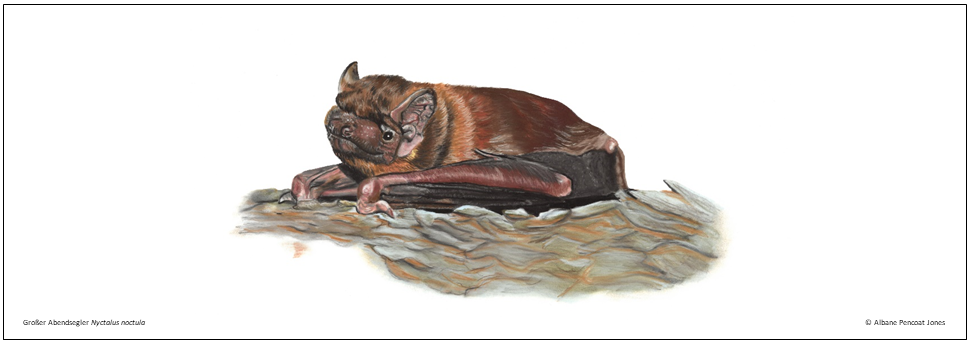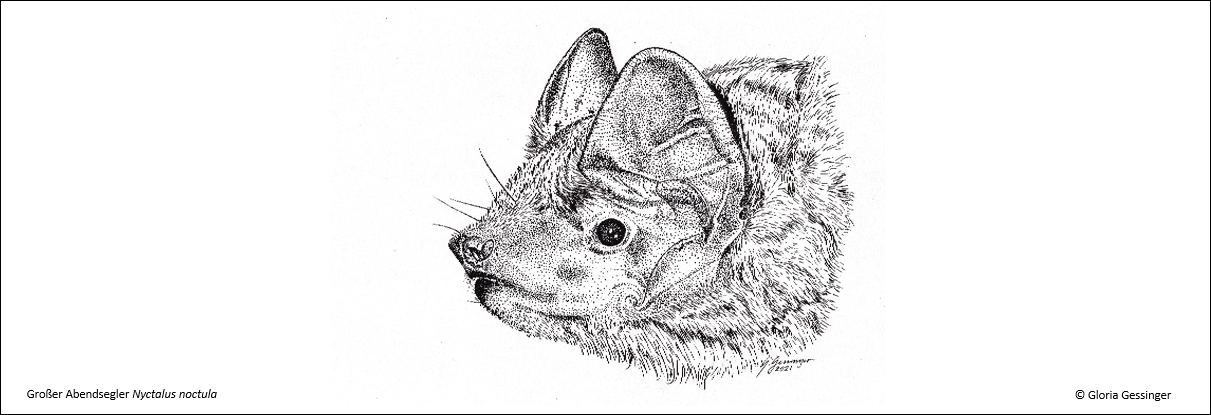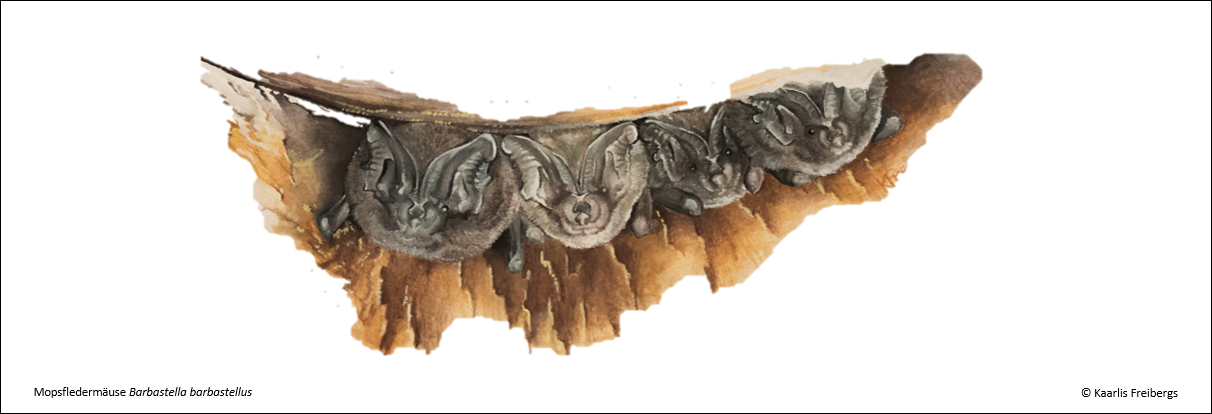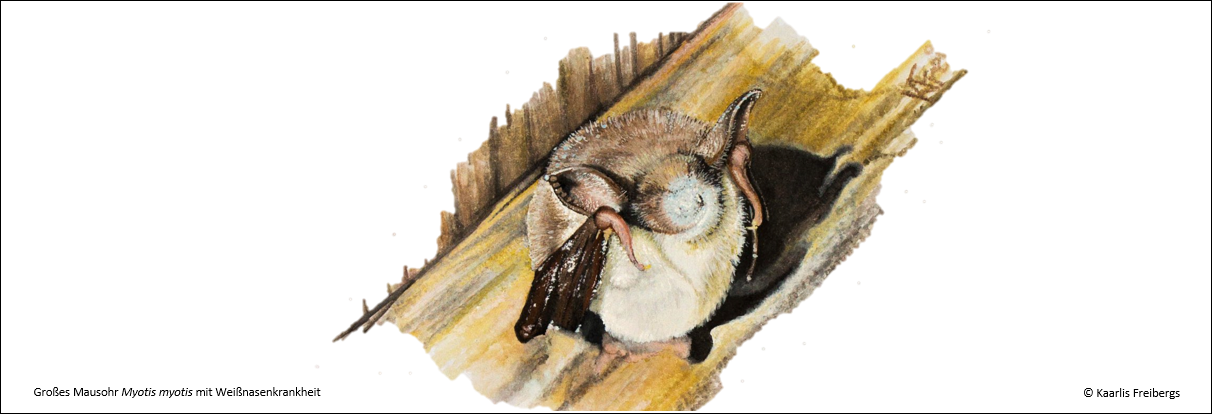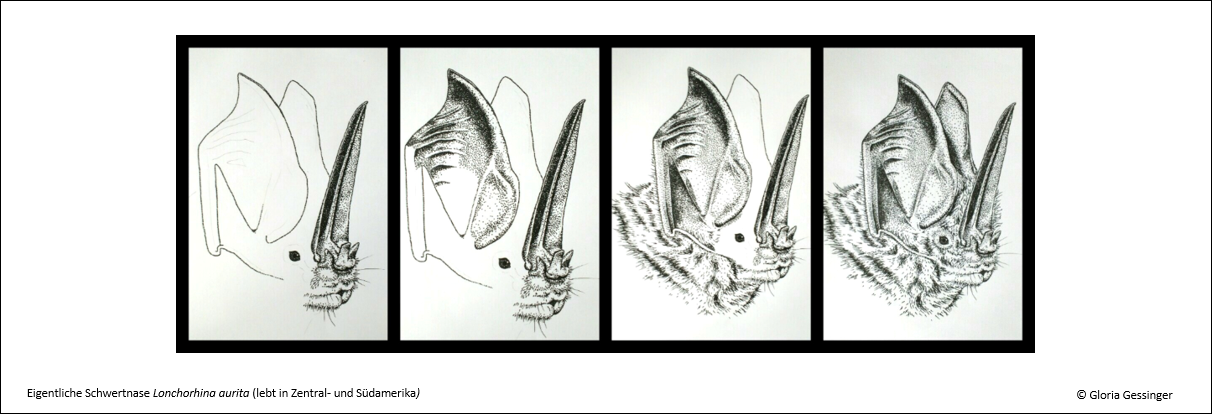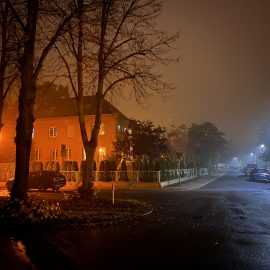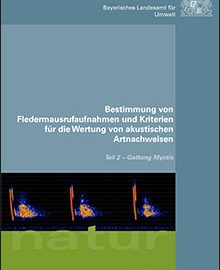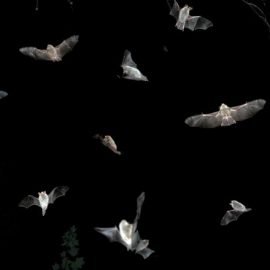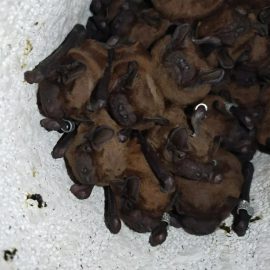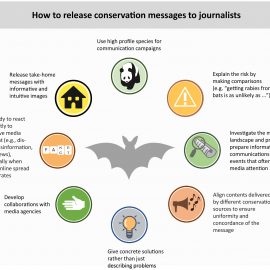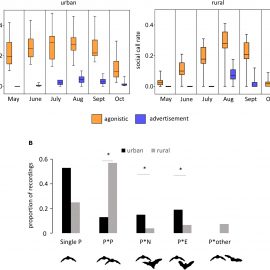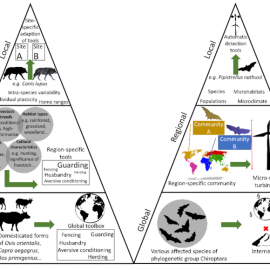The excessive use of artificial light at night, also known as light pollution, is a hot topic in biological research and nature conservation. In Germany, however, there is still a lack of awareness of the importance of the problem and
Bucherscheinung: Bestimmung von Fledermausrufaufnahmen und Kriterien für die Wertung von akustischen Artnachweisen – Teil 2 – Gattung Myotis
Current Issue of Acta Chiropterologica (Vol. 24 (2))
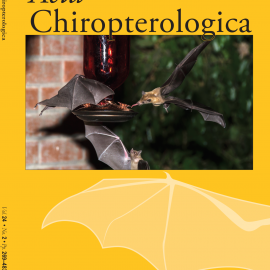
Articles A Revision of the Rhinolophus hipposideros group (Chiroptera: Rhinolophidae) with Definition of an Additional Species from the Middle EastPetr Benda, Marek Uvizl, Peter Vallo, Antonín Reiter, Marcel UhrinActa Chiropterologica 24 (2), 269-298, (2 February 2023) https://doi.org/10.3161/15081109ACC2022.24.2.001 OPEN ACCESS Genetic
Neue Ausgabe vom Journal of Bat Research and Conservation 15 (1) 2022 erschienen
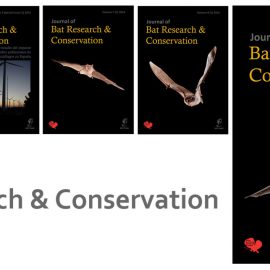
Link zur Webseite des aktuellen Heftes: https://secemu.org/journal-of-bat-research-and-conservation/all-issues/journal-of-bat-research-conservation-15/ Características de refugios naturales usados por murciélagos en un bosque húmedo tropical (Santander, Colombia) Darly Rodríguez-Jiménez, Jairo Pérez-Torres, Catalina Torres-Palacios Abstract: Understanding which variables influence bats’ use of natural refuges allows us to

